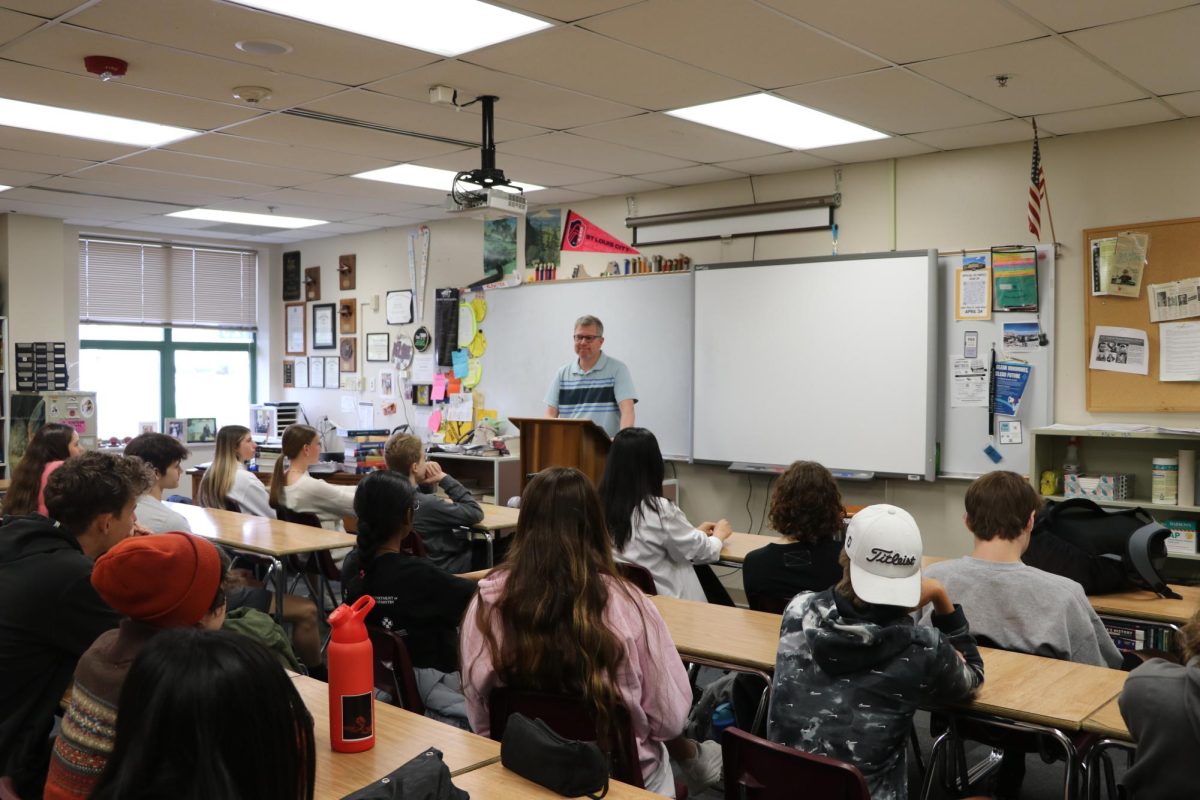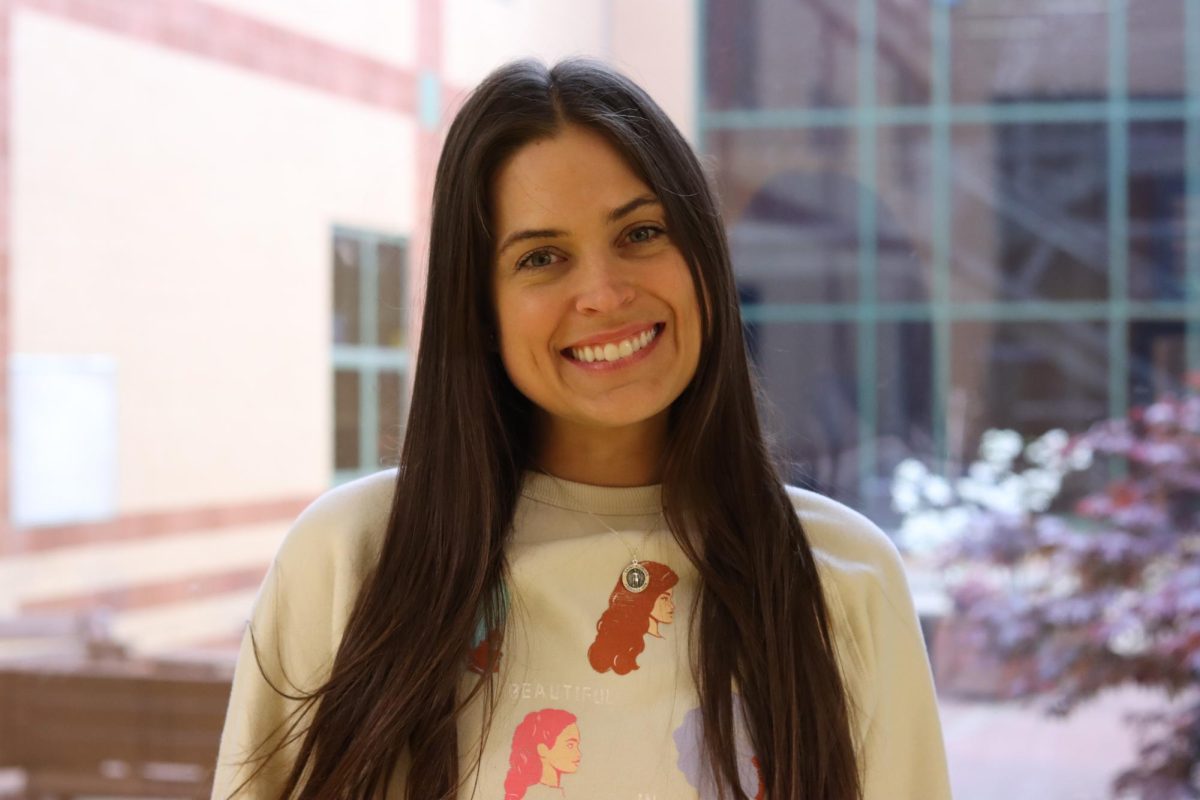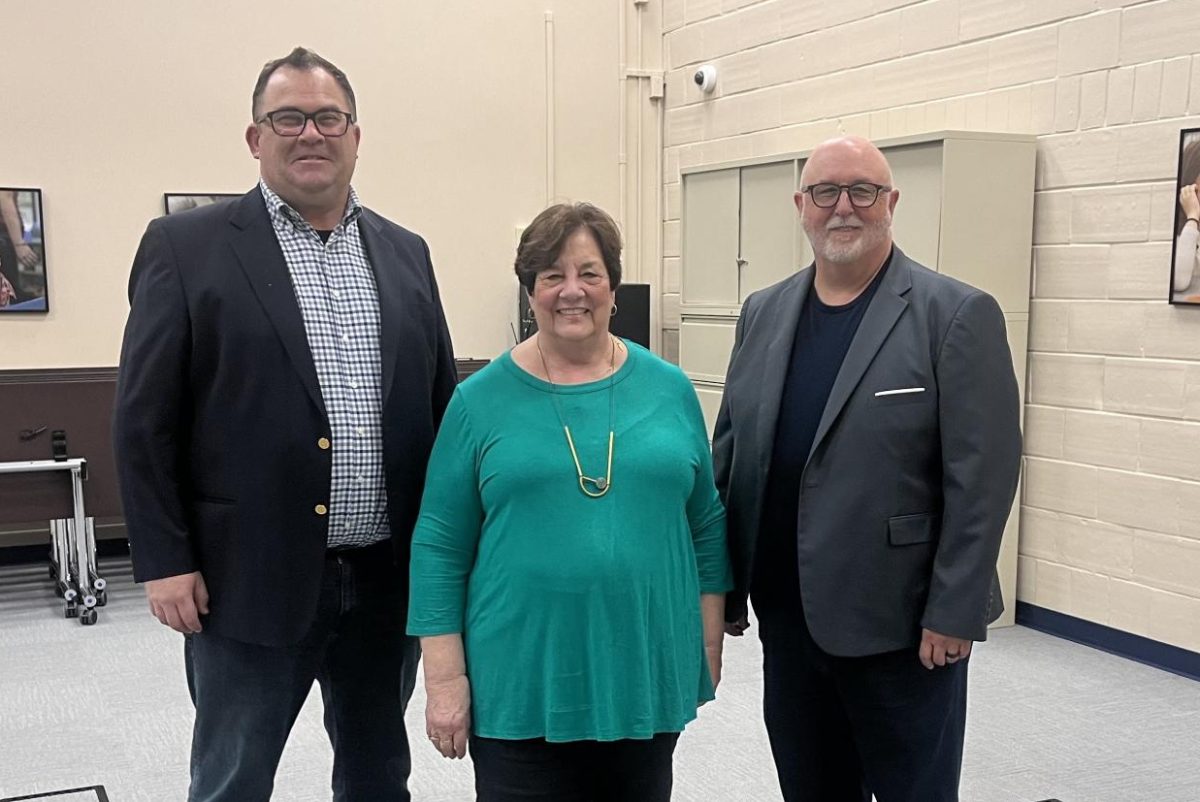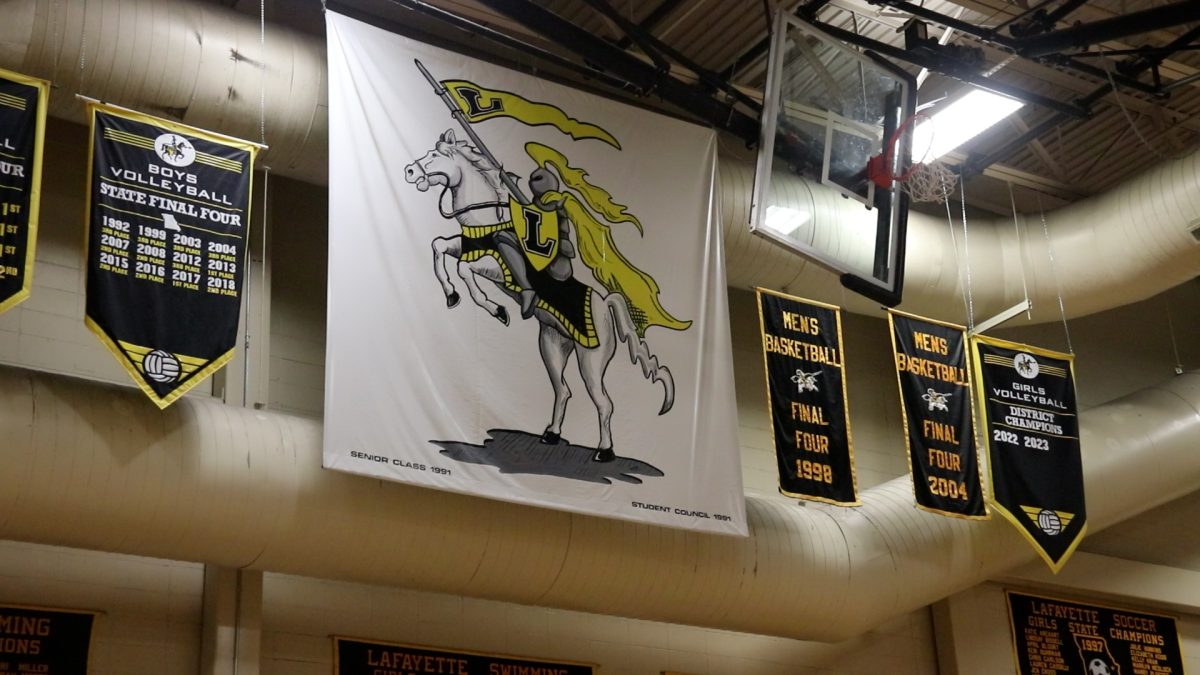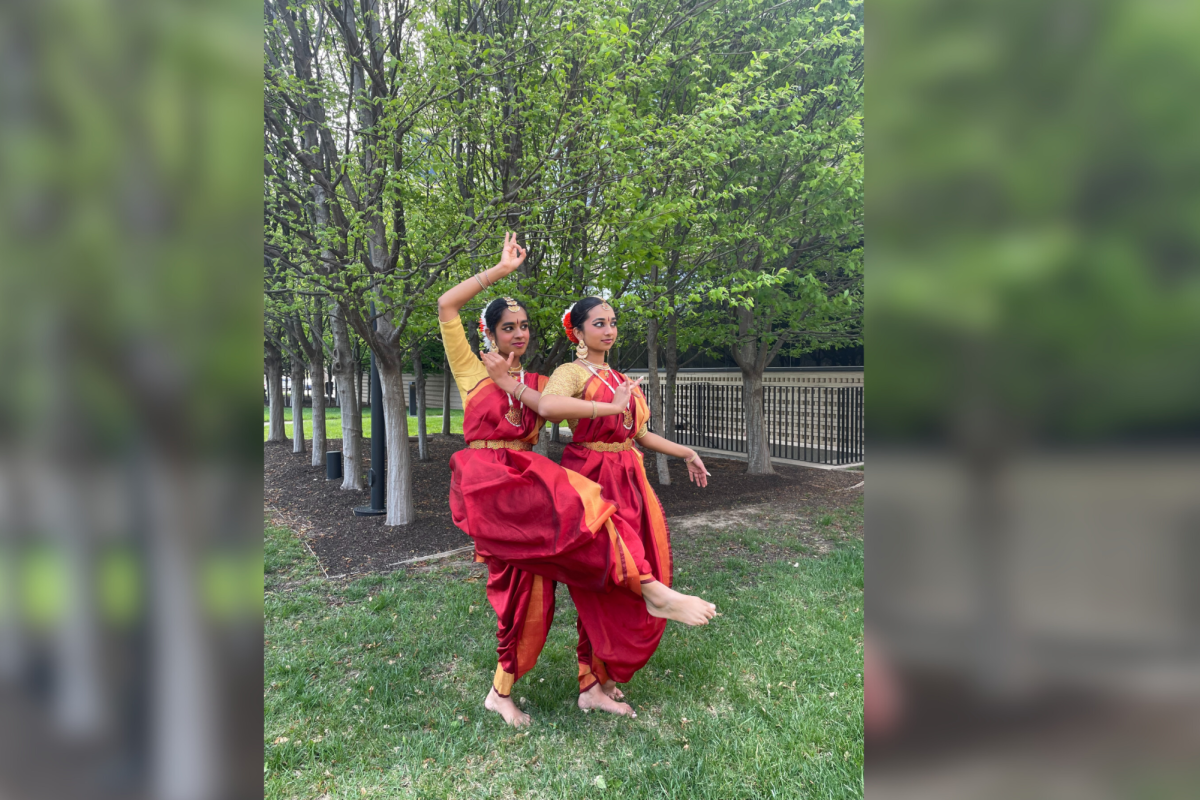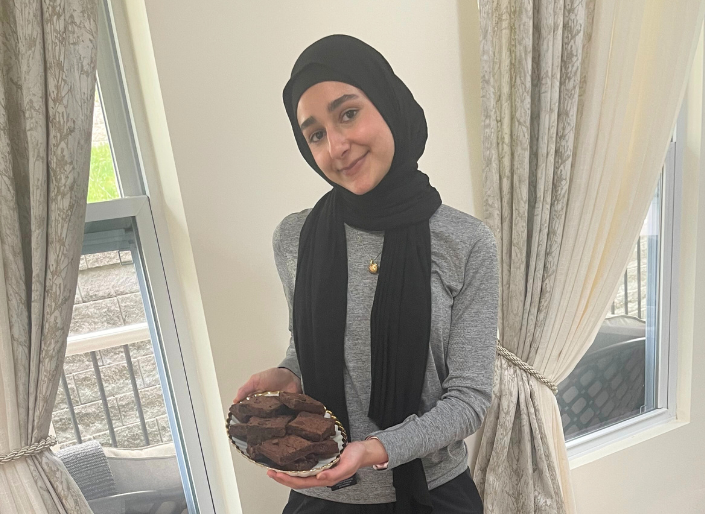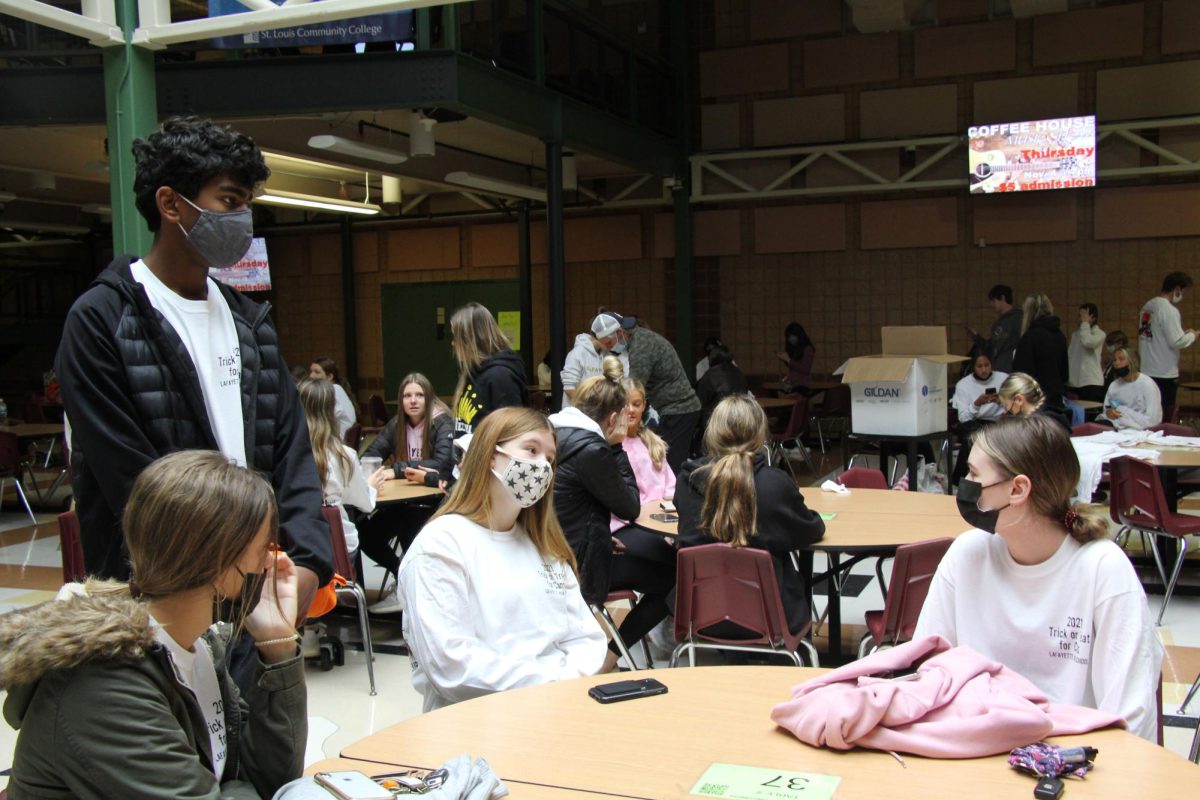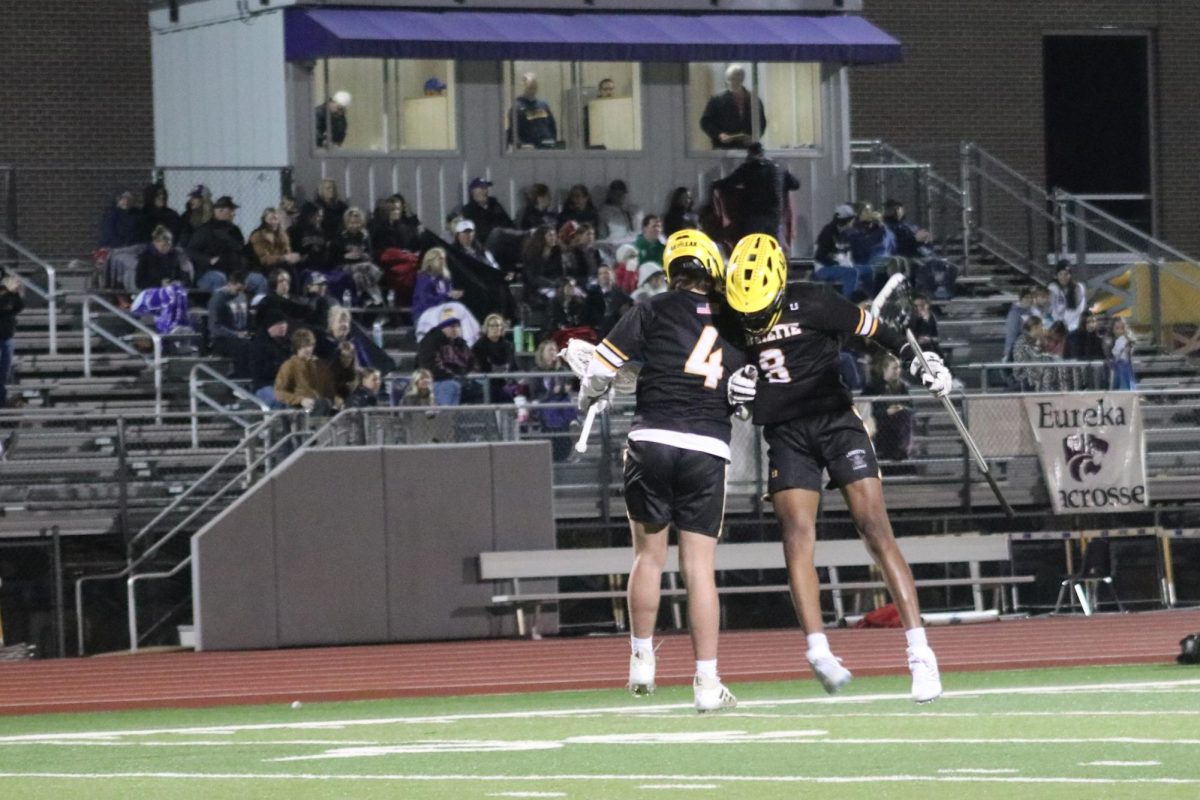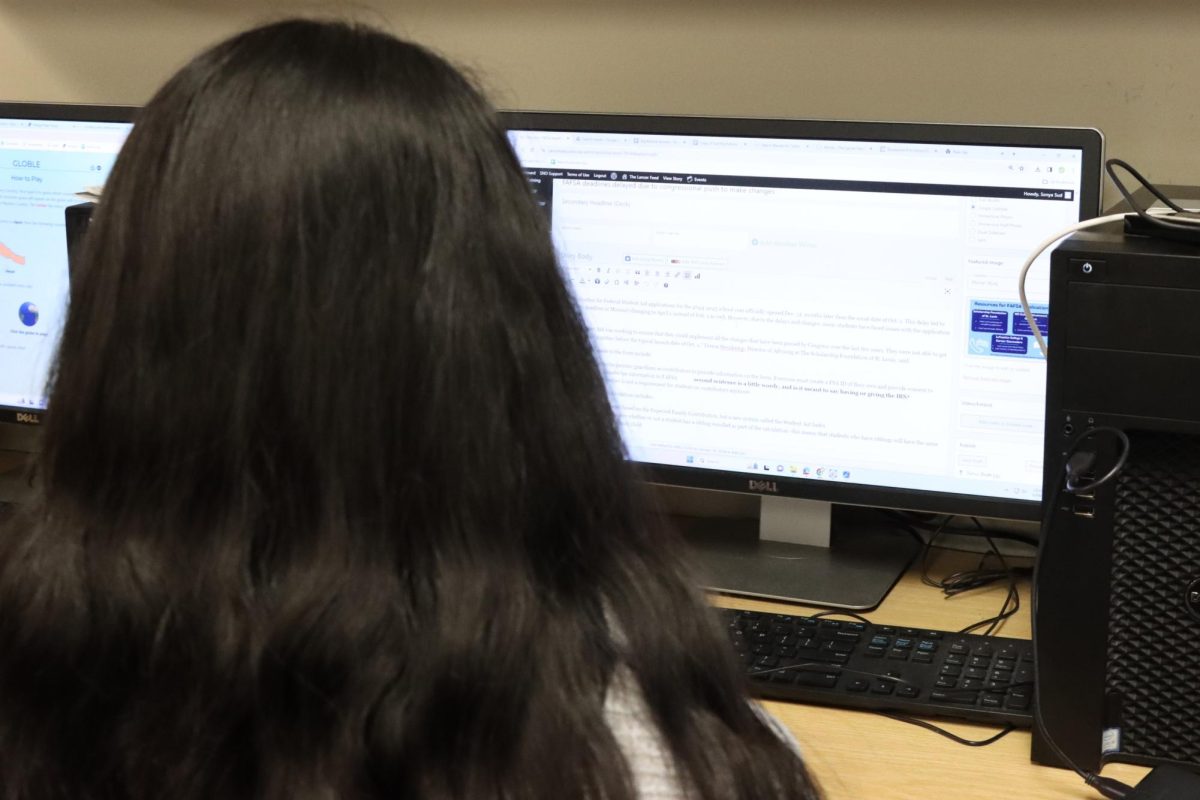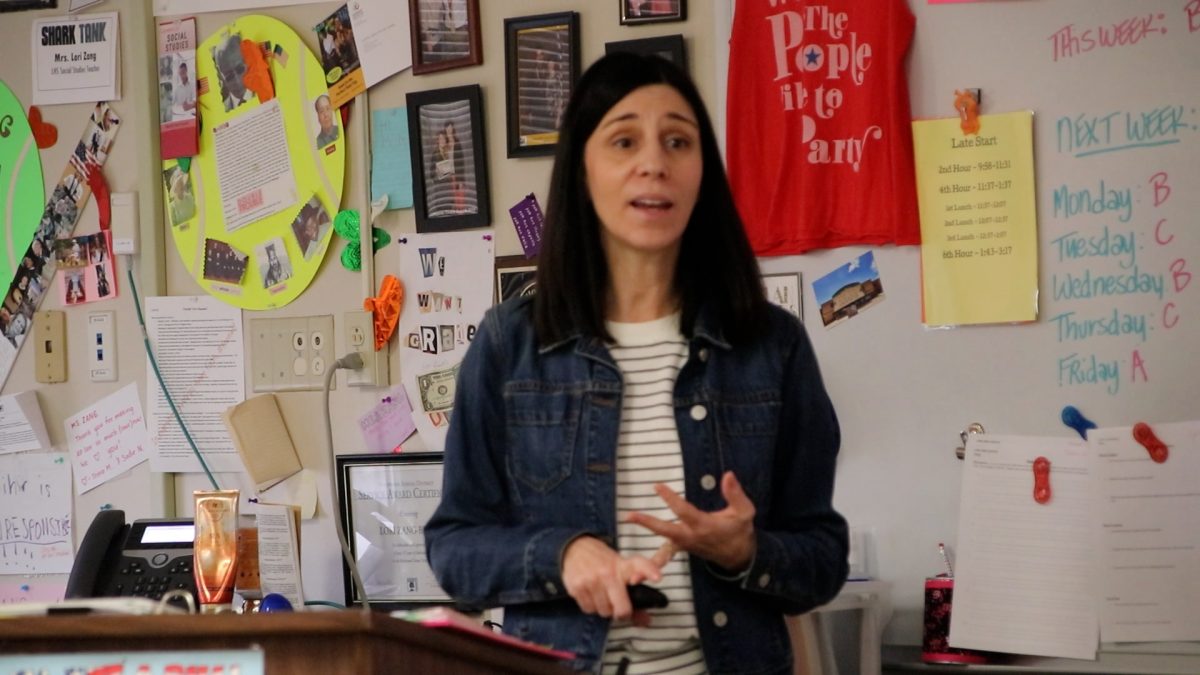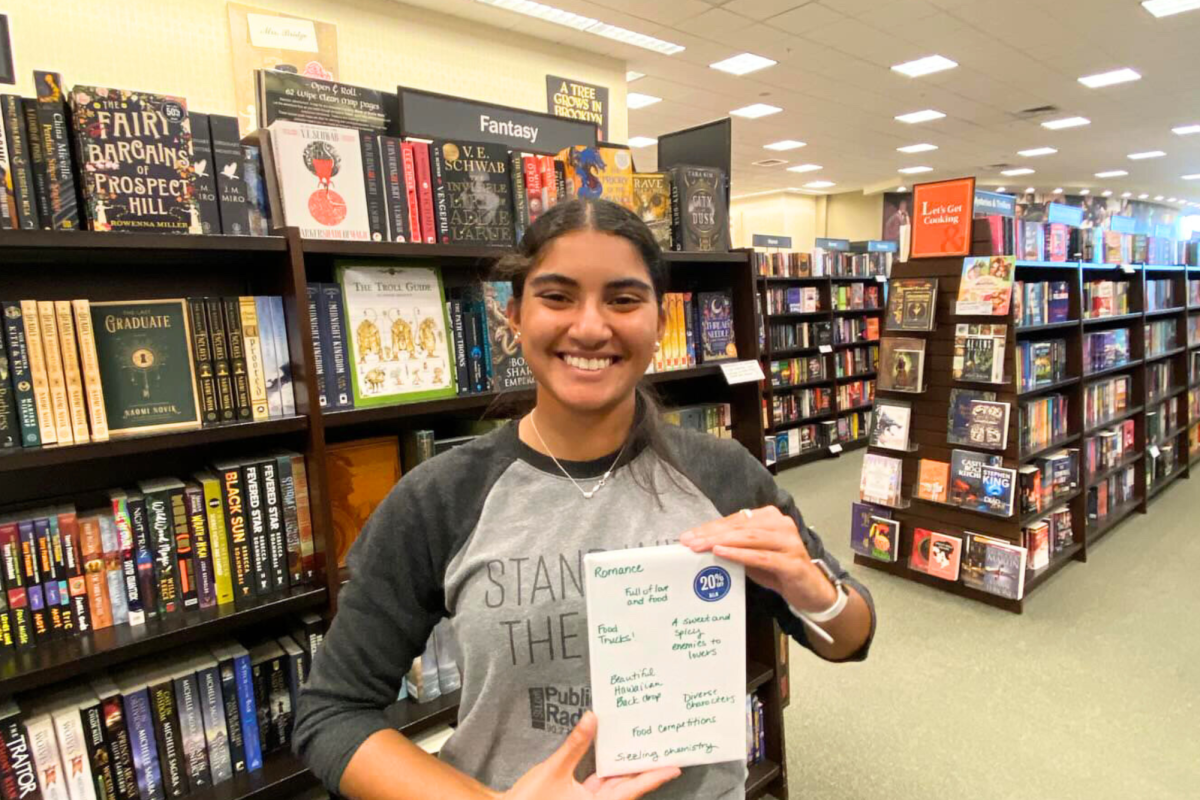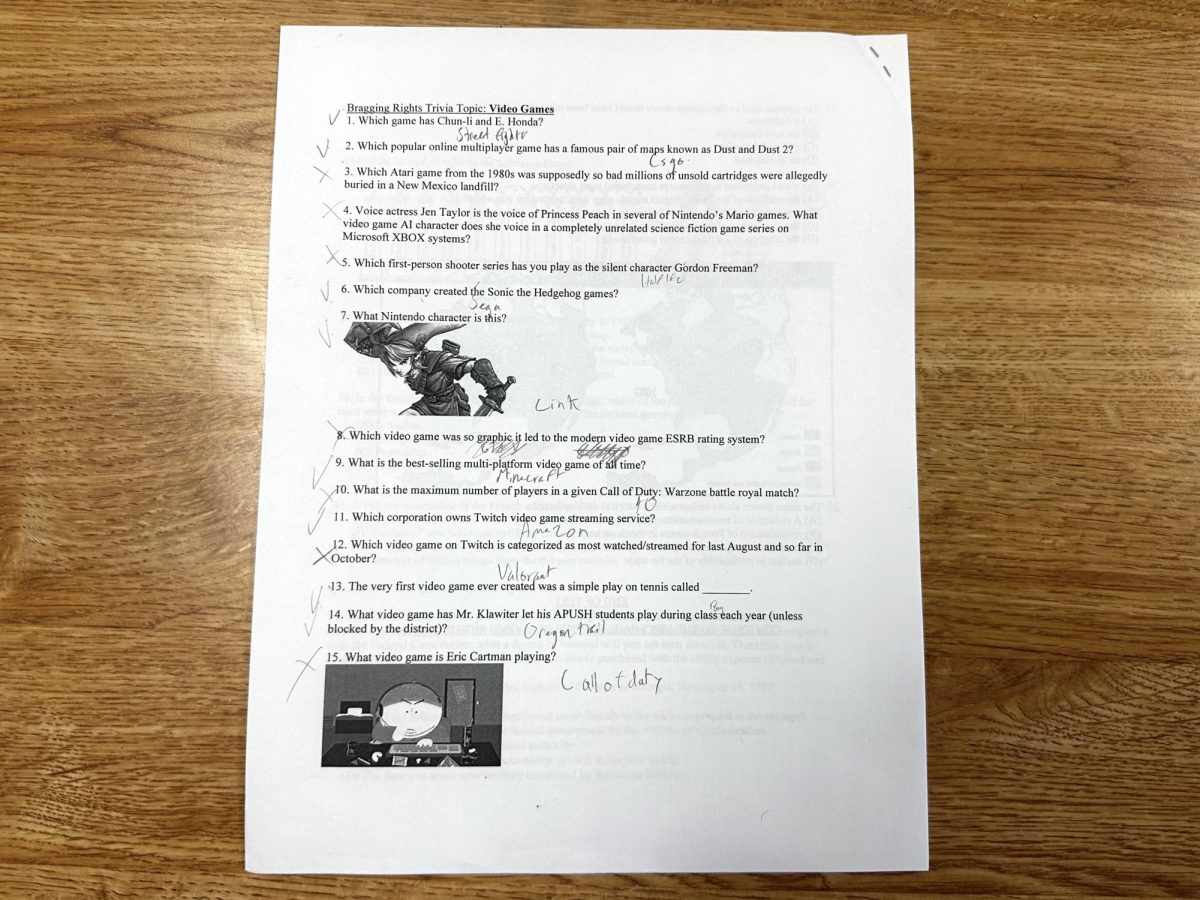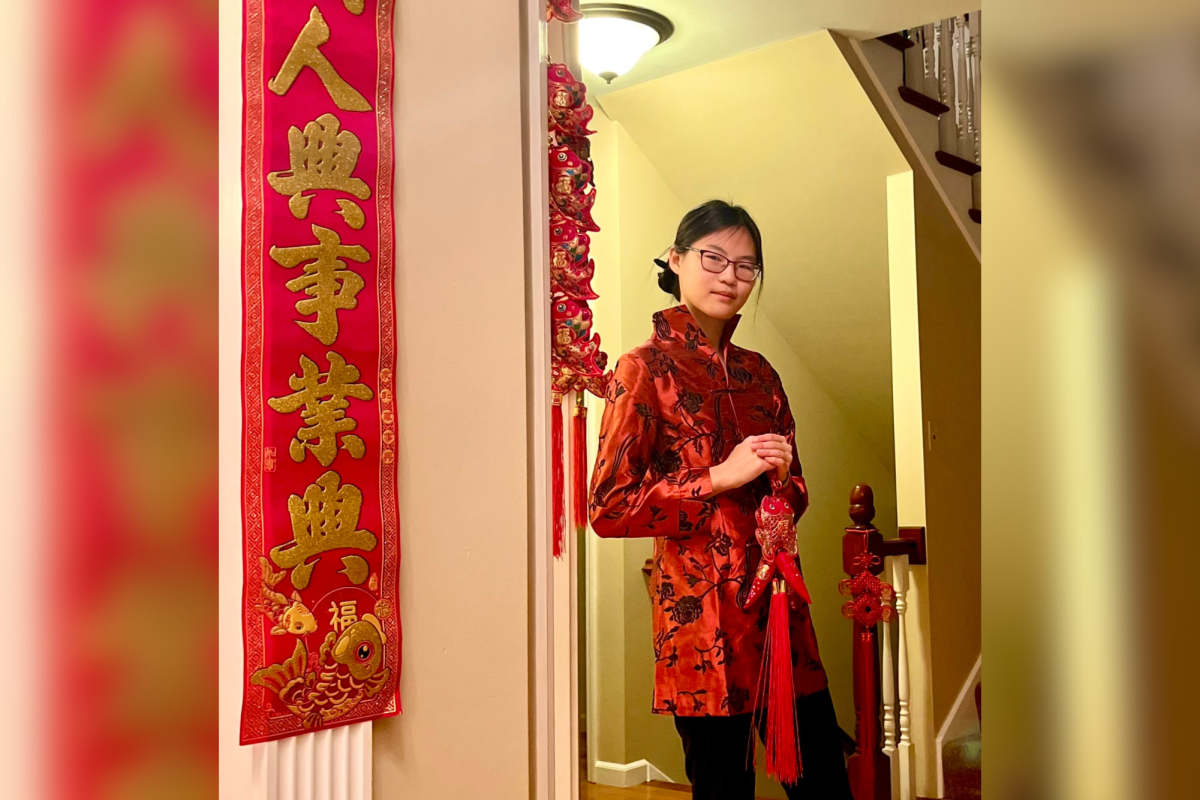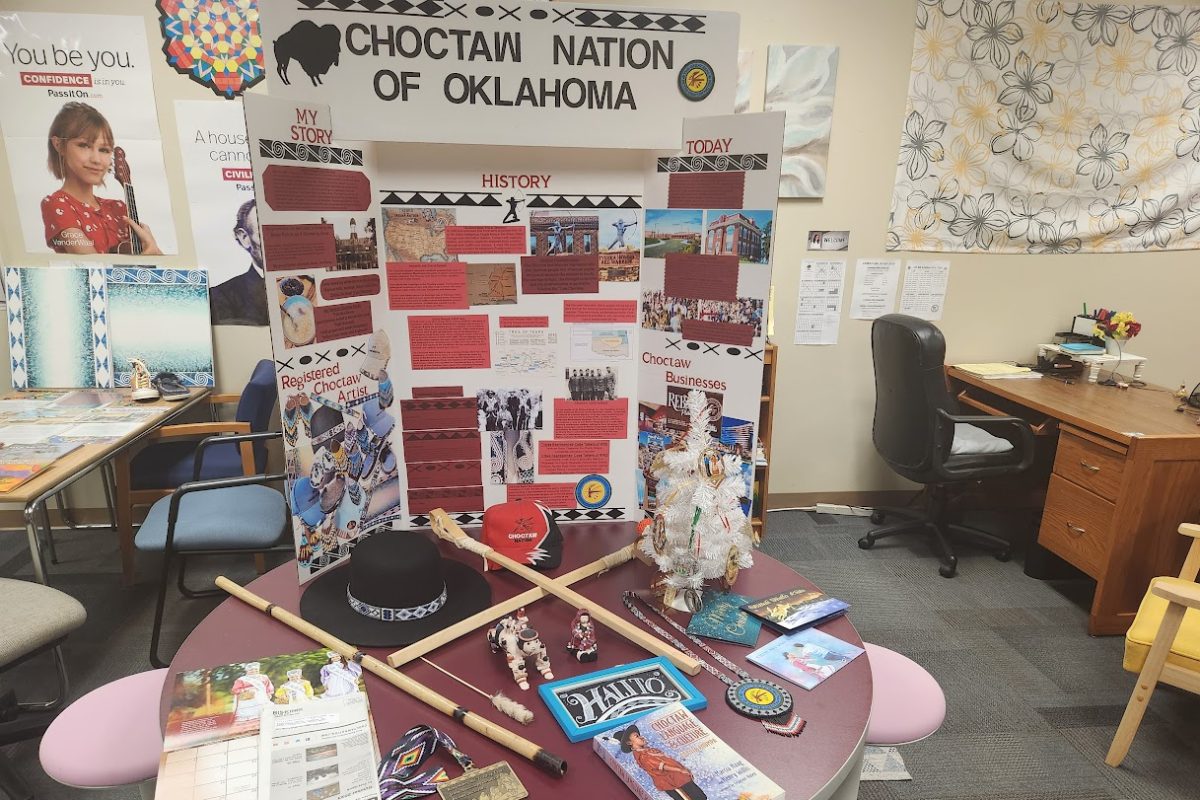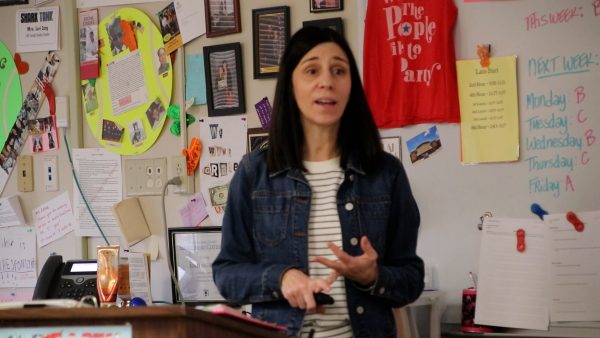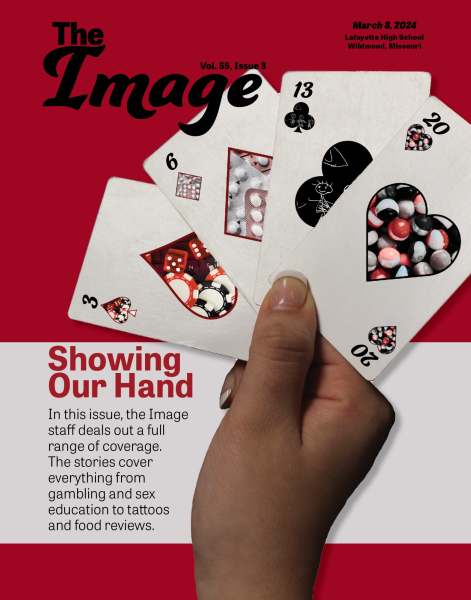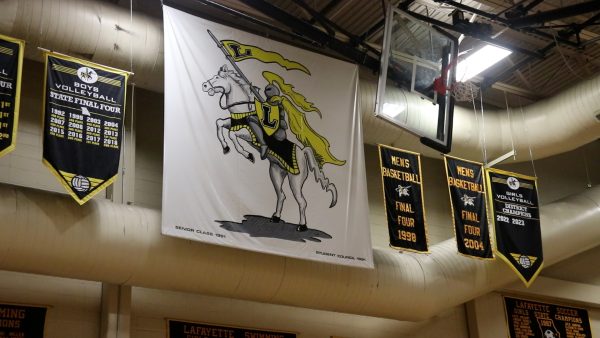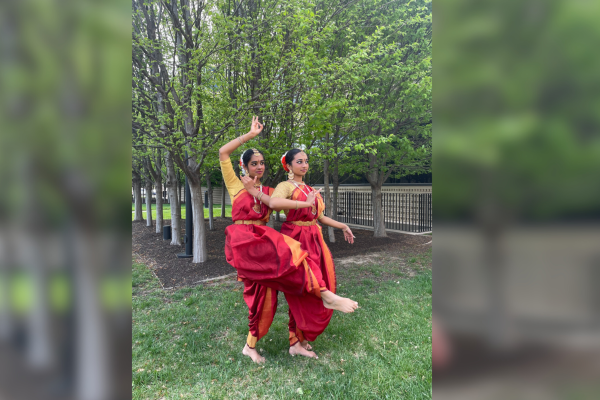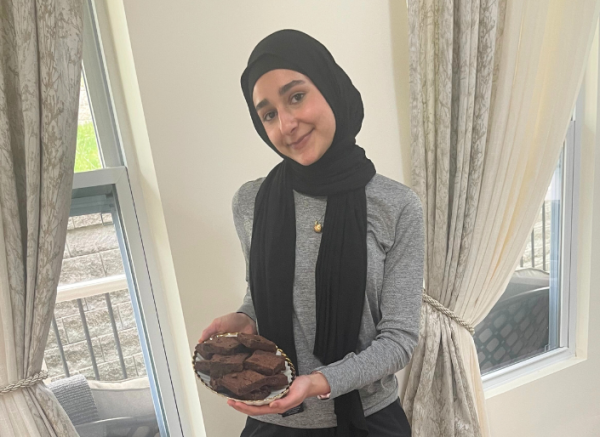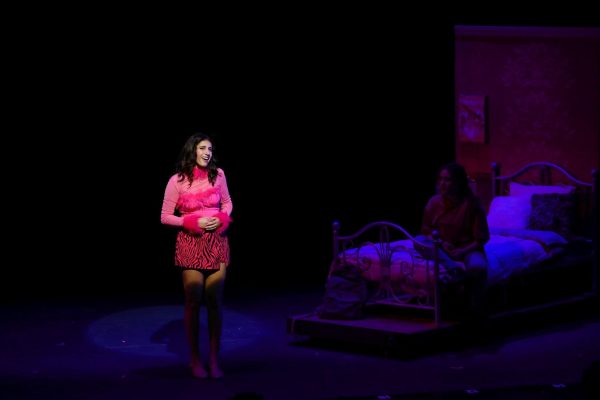Last Time I… Studied Abroad in Japan
September 17, 2018
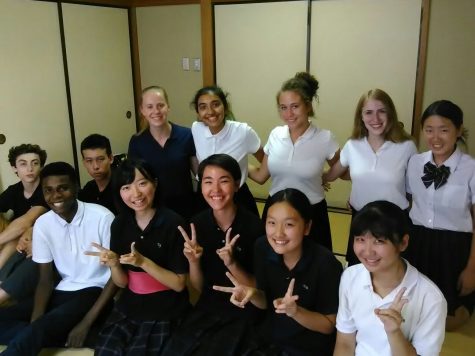
Karner and Kumar take picture with their Japanese friends and other foreign exchange students in a traditional Japanese building.
Seniors Anna Karner and Sanjana Kumar traveled to study abroad in Japan during the summer of 2017 from July 8 to 18. Through their experiences in Japan, they were able to see the world from a new perspective.
“[We learned about this program because] my friend’s mom knows the volunteer coordinator of American Feild Service (AFS), the exchange program that received the scholarship to send a group of students to Japan for 2 weeks,” Kumar said.
When they heard about this opportunity to study abroad, they seized it without hesitation.
“I decided to go because I saw that it was a once in a lifetime opportunity. Also, the Japanese government was covering all of the cost besides the plane tickets, so [it] was realistic to actually be able to go,” Karner said.
Before they visited Japan, they prepared themselves for this big change. Through this thorough preparation, they wanted to be able to enjoy Japan fully.
“We were given some basic Japanese phrases to study and some cultural norms that Americans usually find strange, so we can understand why they do [what they do and] believe some things that we don’t,” Kumar said. “I also independently researched Japanese schools to learn about the ways their schools and ours are different.”
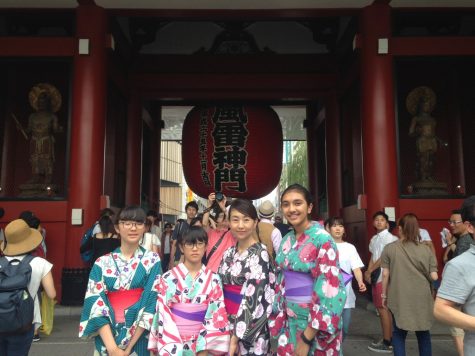
Kumar visits a Japanese temple with her friends. She is wearing kimono, a traditional Japanese dress.
While they were in Japan, Karner and Kumar lived with a host family. They were able to grow close to their families during their 2 weeks in Japan.
“I got to live with a host family and experience normal family life with my 2 host parents and 2 host sisters. Some of the most memorable things for me was just going to a piano lesson with my host sister and really getting to understand how similar we all are,” Karner said.
During daytime, Karner and Kumar attended Japanese school. They interacted with Japanese students and observed the school system on a personal level. They realized that Japanese high school students do not move their classes as they would in American school.
“I attended class as all students of a ‘class’ go to the same ones together unless they split them into different levels of difficulty like math,” Kumar said.
When they were not in school, they experienced traditional customs of Japan.
“I also got to participate in a traditional tea ceremony while I was there, which was so beautiful, and now I have a strong love for matcha tea (green tea),” Karner said.
Besides traditional experiences, they also immersed themselves into the urban culture of Japan.
“[We] visited Harajuku. I just loved shopping with my host family,” Kumar said.
Karner thinks that studying abroad can open people’s eyes to a new world.
“I think studying abroad, if you have a love for learning and experiencing new things, is an amazing thing to do. It’s a little bit more difficult in high school than in college if you go for a year or a semester to make sure you get all of your credits, etc but it really is a life changing experience,” Karner said. “You realize there is so much more to life than just getting an A on a test and it helps you discover a lot about yourself. Deciding to apply for my short term exchange was one of the best decisions I’ve made.”
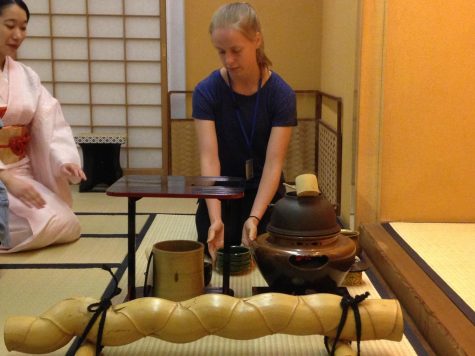
Karner is taught to make tea in a traditional Japanese way. She now has a deeper love for matcha tea.
Kumar also thinks that studying abroad is necessary for anyone who wants to see the bigger world. She recommends studying abroad to young students.
“We are young and know so little about the world, especially when we are all so divided we must be willing to learn about different cultures and realize how everyone has different outlooks on life because of what their basic fundamental principles are,” Kumar said. “When preparing to leave, I was told: try everything once. It meant [to] try all the foods whose names I can’t pronounce and the different traditional clothes.”


